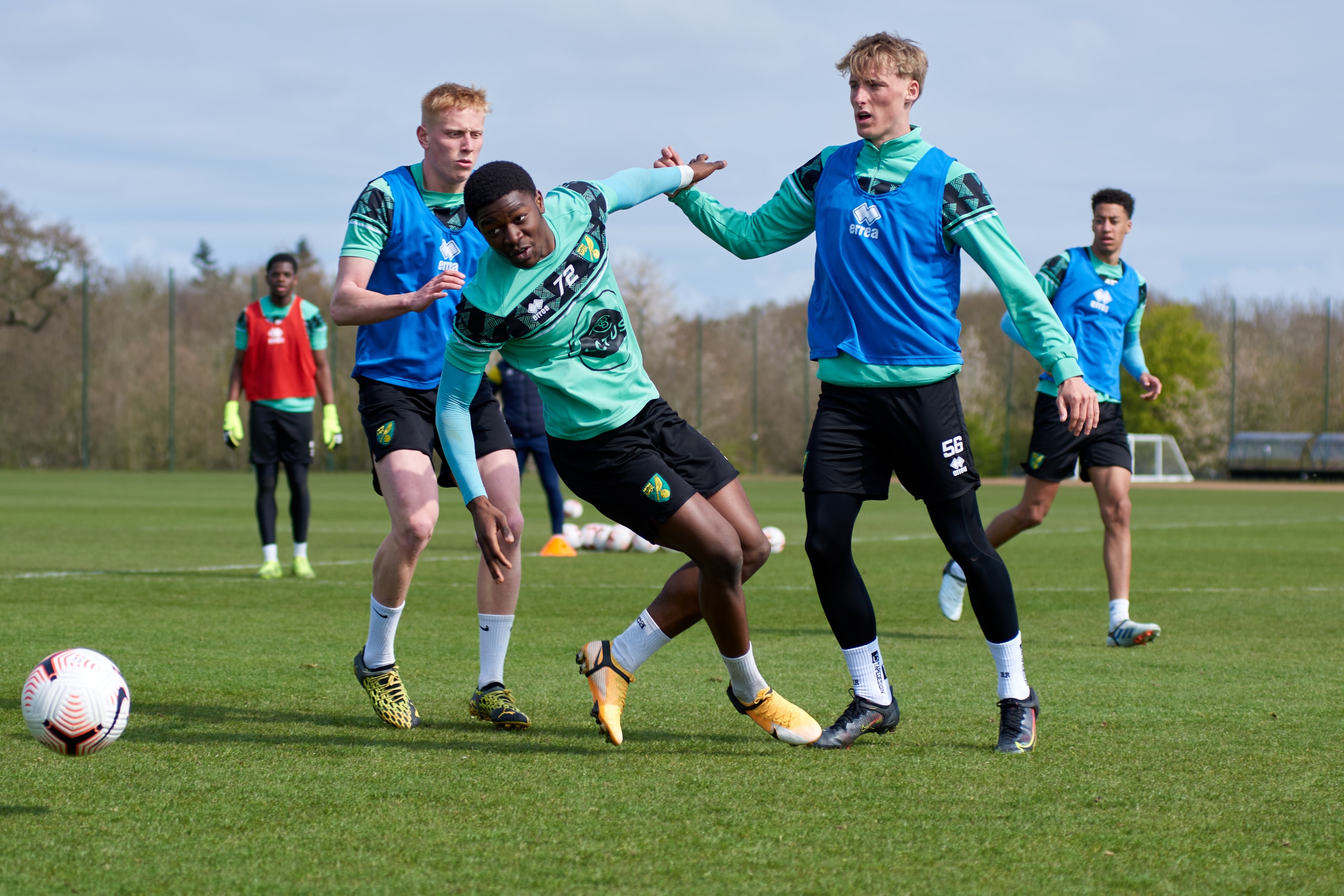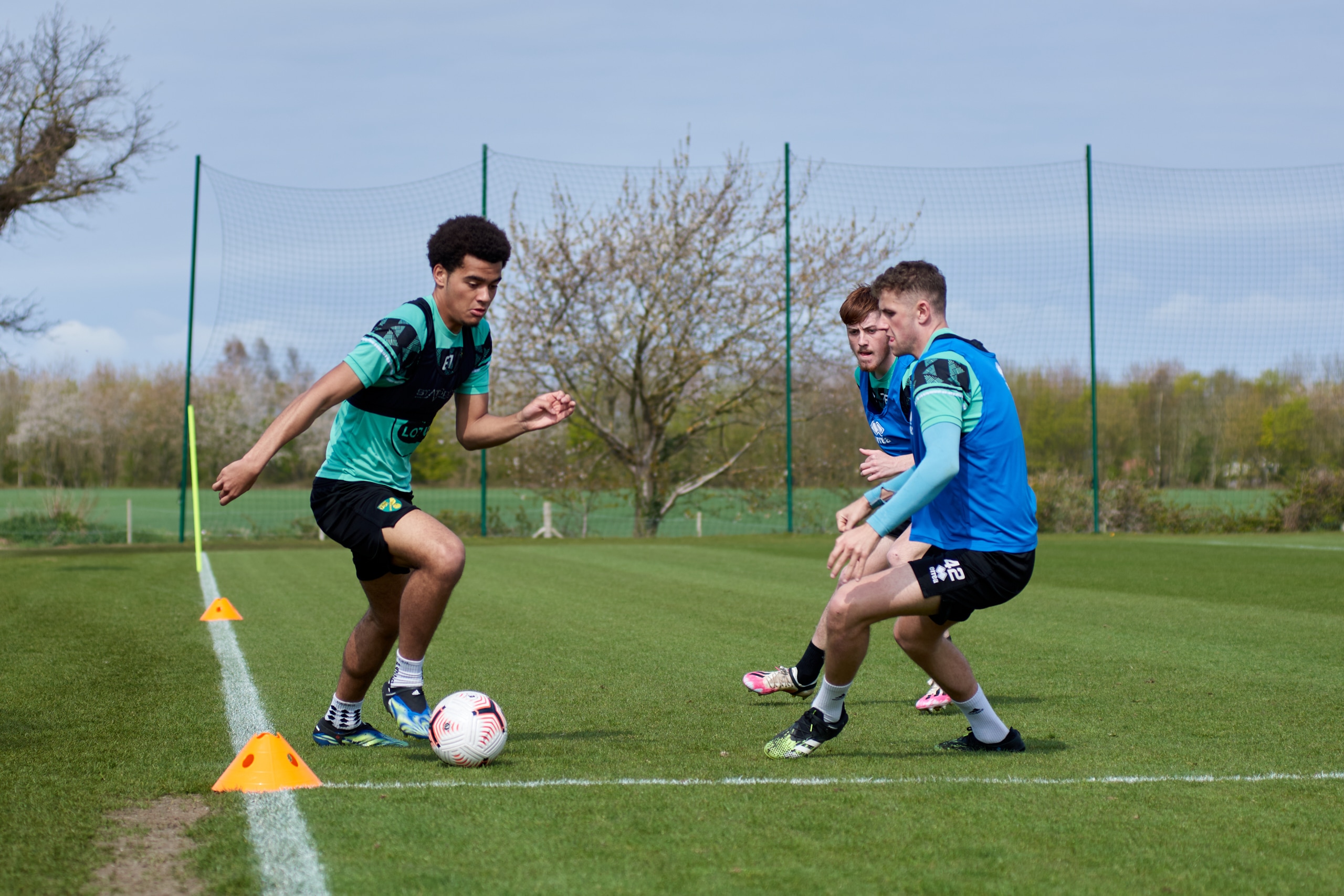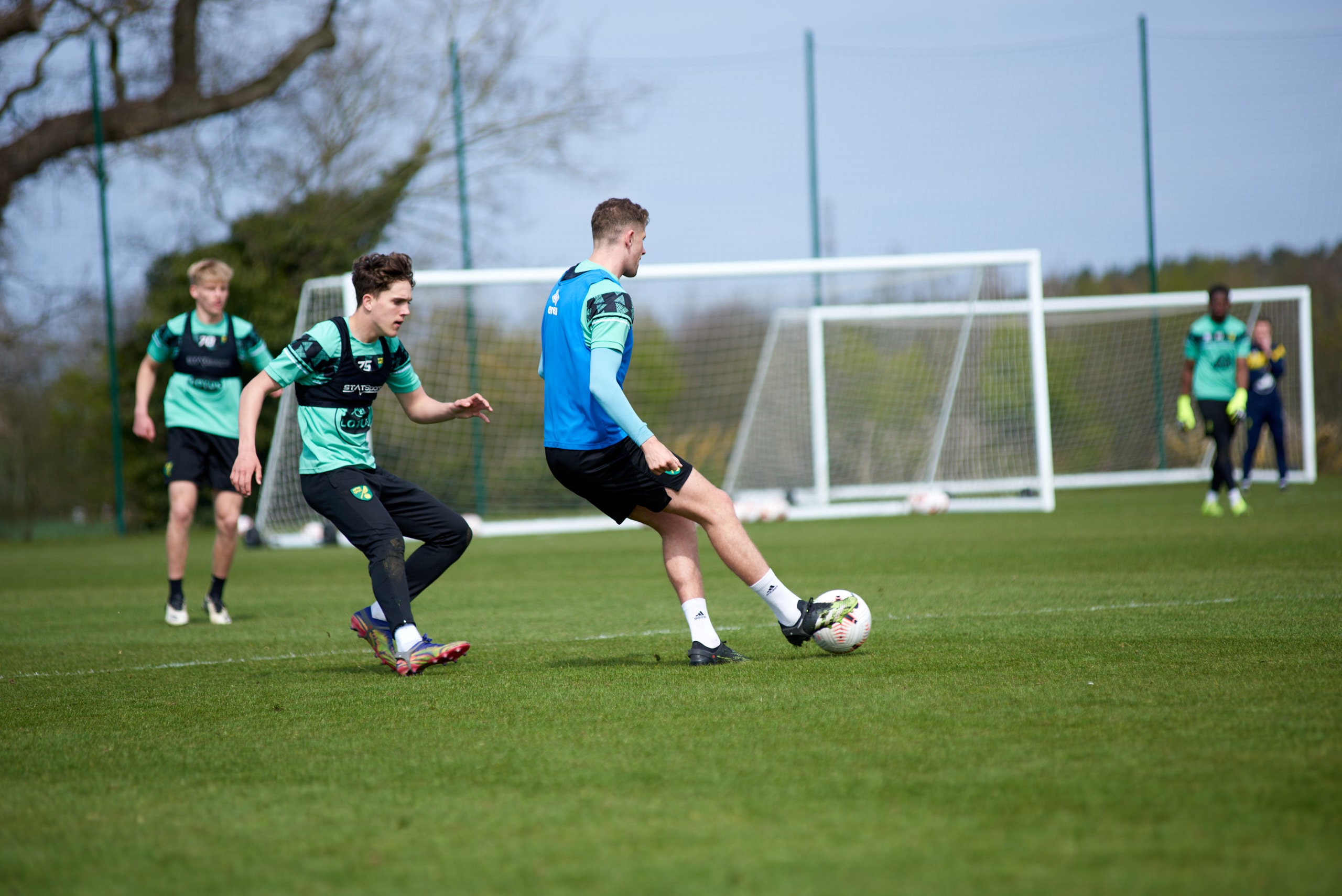The transition from attack to defence is one of the most decisive moments in modern football. It occurs just when a team loses possession and must react quickly to prevent the opponent from taking advantage of the situation. In this brief moment, the organisation, concentration and responsiveness of the entire team are put to the test.
It is a moment of change, where the team goes from having the ball and being structured in attack to being forced to retreat or press to regain defensive balance. The speed and clarity with which this process is carried out will make the difference between conceding a dangerous chance or effectively stopping the opponent’s advance.
Therefore, it is essential that both players and coaches understand the importance of this moment and work on the appropriate mechanisms to deal with it. In this article, we will review five essential key points that help us understand how the team we are analysing manages the attack-defence transition.
1. Cambio de mentalidad:
The first key point to the defensive transition is a change in mentality, also known as a ‘change of mindset.’ This refers to the team’s ability to react immediately after losing possession of the ball. Here, we assess whether players respond quickly, whether they are slow to do so, or whether they fail to react at all. That initial reaction will determine the strength of the transition.
Image 1. Change of mindset in a task for Norwich City’s youth teams. Source: Coaches’ voice
2. Team Organisation:
Here we analyse what the players and the team as a whole do. Some teams aim to recover the ball immediately, others delay and retreat, and others encourage playing backwards. The key is for all players to share the same idea and act in synchronisation.
Within this organisation, two fundamental aspects stand out: collective balance, i.e. the team moving as a unit in the same direction (whether pressing or retreating), and individual actions, which refer to the movements and reactions of each player within that dynamic.
3. Creation of Blocks:
The creation of blocks in the attack-defence transition refers to the formation of two groups of players from the same team, separated by a significant space between them. This usually occurs when some players close to the turnover press the on-ball opponent, while others, further away, retreat to protect the space behind them.
Blocks can arise intentionally, as part of the team’s strategy to slow down the opponent’s progress and prevent passes behind the defence, or in an uncoordinated manner, when the team does not interpret the situation in the same way after losing possession.
Analysing the creation of blocks allows us to identify the spaces available for possible counterattacks.
4. Behaviours following failure to recover the ball:
It is also essential to observe how the team acts when it fails to recover the ball after the attack-defence transition. This allows us to understand its ability to adapt and organise itself.
Some teams maintain pressure after losing possession, involving players further up the pitch in this pressure, while others stop pressing in order to retreat and reorganise themselves in defence. Knowing this reaction is key to anticipating the opponent’s behaviour and their defensive disposition.
5. Favourable playing spaces:
Finally, it is essential to identify the favourable spaces that are created after losing possession. These are the gaps that appear in certain areas of the pitch, especially when the opposition is disorganised, and which can be strategically advantageous for our team.
Analysing how these spaces are created allows us to plan the most effective way to overcome the opposing team’s defensive transition, whether through an inside pass, a ball behind the defence, or a switch of play.
Image 2. Spaces created after losing possession in a Norwich City youth team practice. Source: MBP Coaches’ School
In summary, analysing and working on the attack-defence transition is key to reducing risks and maintaining control of the play after losing possession. Understanding how the team reacts, how it organises itself and what spaces it leaves open allows for improved collective coordination and anticipation of the opponent.
Would you like to become a professional analyst?
The Scouting and Game Analysis course will give you an in-depth understanding of the MBP analysis model and delve into the functioning and use of professional analysis. You will learn about the latest technological tools and how to use one of them to collect, organise and interpret information according to methodological patterns, enabling you to face the competition with a professional analysis of your own team and your opponents.
In short, in this course you will learn the basics of match analysis and the collection of competition information that will enable you to make coherent and effective decisions.









